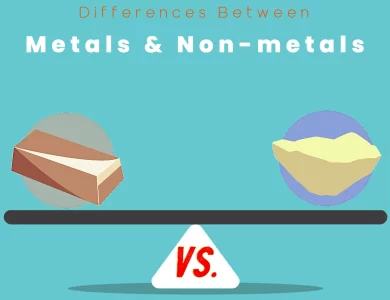Polymer Chemistry
Here, we delve into the intricate details of this fascinating field, shedding light on the various terms and other crucial elements that define Polymer Chemistry. Whether you’re a curious student, a passionate researcher, or simply someone interested in expanding their knowledge, this resource will serve as your guide.
-

PP vs HDPE
In the world of polymers, HDPE (High-Density Polyethylene) and PP (Polypropylene) stand out as versatile materials with distinct properties. This comprehensive comparison dives into the differences that set them apart, helping you navigate the realm of plastics effectively. HDPE, known for its linear molecular structure and high density, boasts exceptional durability and strength. It's a preferred choice for applications demanding chemical resistance, such as bottles, pipes, and industrial components. With its excellent recyclability and resistance to wear, HDPE also makes waves in sustainability efforts. PP, with its semi-crystalline nature, brings flexibility to the forefront. Its heat resistance and malleability at lower temperatures make it a go-to for microwave-safe containers, automotive parts, and consumer goods. PP's wide range of applications highlights its adaptability to both rigid and flexible design requirements. Both materials play pivotal roles in reducing environmental impact through recycling initiatives. HDPE's higher density contributes to efficient material usage, while PP's diverse applications showcase its potential for eco-friendly innovation. Whether you're seeking high chemical resistance or balanced mechanical performance, the HDPE vs PP comparison equips you with insights to make informed choices. Consider your project's specific needs and environmental aspirations to determine whether HDPE's durability or PP's versatility aligns better with your goals.
-

Polyethylene vs Polyolefin
Delving into the world of polymers reveals two prominent players: Polyolefin and Polyethylene. These polymer types share similarities but possess distinct properties that impact their applications. Polyolefin encompasses a group of polymers derived from various olefin monomers. It boasts chemical resistance, lightweight nature, and a low melting point. This makes it an attractive choice for applications spanning packaging, automotive components, agriculture, and more. Polyolefins, including polyethylene, are known for their durability, but their environmental impact raises concerns due to their persistence in the environment. Polyethylene, on the other hand, is a specific member of the polyolefin family, composed of repeating ethylene monomer units. It branches into different types, such as High-Density Polyethylene (HDPE), Low-Density Polyethylene (LDPE), and Linear Low-Density Polyethylene (LLDPE). These variations offer a range of mechanical properties, from high strength and rigidity to flexibility and impact resistance. This diversity makes them suitable for products like water pipes, plastic bags, stretch films, and more. However, recycling initiatives for polyethylene, particularly HDPE and LDPE, aim to alleviate its environmental footprint. Understanding the nuances between Polyolefin and Polyethylene enables informed material choices, aligning applications with properties and environmental considerations.
-

Non-Metals vs Metals
Welcome to a captivating journey through the captivating realms of metals and non-metals. In this blog, we'll uncover the secrets behind these elemental entities and explore their unique properties, applications, and significance in our everyday lives. From the shiny brilliance of metals to the versatile characteristics of non-metals, we'll delve into their distinct attributes that shape our physical world. Metals, with their characteristic metallic luster, exceptional strength, and conductivity, find applications in construction, transportation, electronics, and jewelry. Meanwhile, non-metals, which lack the metallic luster, exhibit diverse properties and play vital roles in healthcare, energy production, agriculture, and beyond. We'll delve into their contrasting physical and chemical properties, from malleability and ductility to their reactivity and bonding characteristics. Join us on this captivating adventure as we explore the interplay between metals and non-metals, their impact on our environment, and the importance of sustainable practices. We'll unravel the mysteries behind their extraction, production, and disposal, while highlighting the efforts being made to minimize their environmental footprint. By the end of this blog, you'll gain a deeper understanding of how metals and non-metals shape our world and the steps we can take to foster a more sustainable future. So, get ready to embark on a journey through the wonders of metals and non-metals, where shimmering brilliance and versatile properties await. Let's delve into the captivating world of elements and expand our knowledge of these fundamental components that surround us.


